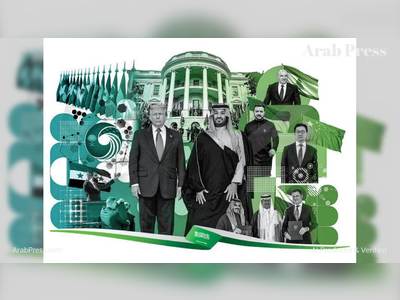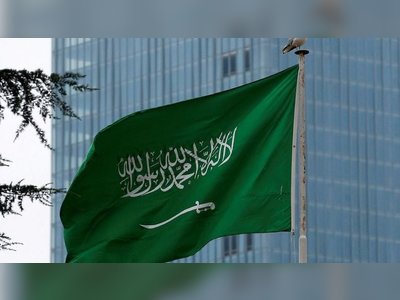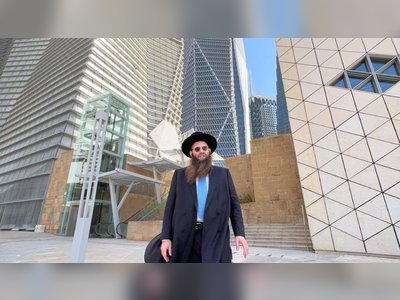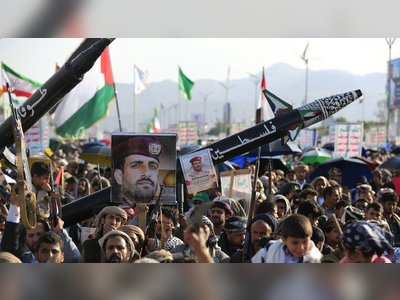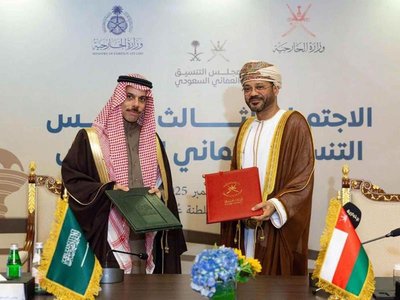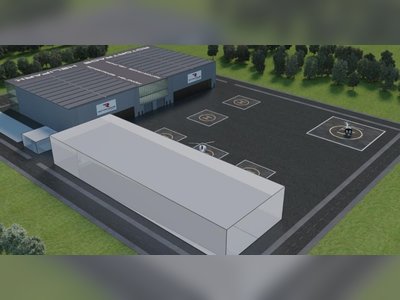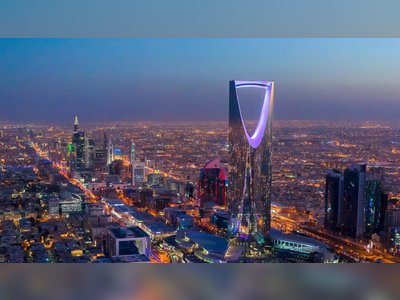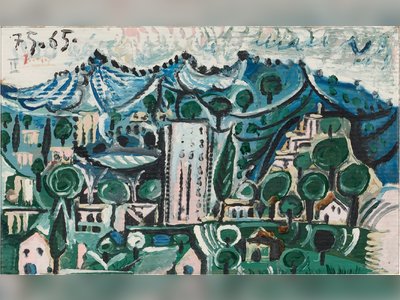'Making a difference': Inside one of Saudi Arabia's tourism mega projects
Massive investment in mega tourism projects valued at $810 billion is expected to transform Saudi Arabia into one of the largest leisure tourism industries in the world over the next decade.
According to research conducted by the Middle East and North Africa Leisure Attractions Council (MENALAC), the leisure and entertainment industry council, new mega tourism projects will occupy an area in excess of 64,634 sq km, with the country's Public Investment Fund and Saudi Commission for Tourism and National Heritage (SCTH) leading the transformation.
One of those projects is being undertaken by the Red Sea Development Company and we sat down with its CEO John Pagano.
AB: Tourism is one of the critical areas undergoing enormous change. What have been the main changes to date in making the country a fast-growing tourism destination?
Pagano: Vision 2030 is an instrumental program driving the future of Saudi Arabia, representing a large scale national effort to move the kingdom into a new era of openness and economic diversification. In sum, one of the most significant transformations the world has ever seen.
A key factor in the diversification of the eonomy is the development of an innovative tourism sector. The goal is to turn Saudi Arabia’s interesting and diverse landscapes, heritage and culture into smartly designed, state-of-the-art, sustainable, even regenerative, tourist destinations. The government has identified the transformative potential of the tourist industry to impact positively on the economy, generating employment opportunities and also on the pursuit of other ambitious goals for example, increasing the production of renewable energy.
To develop the sector’s potential, the government has implemented several fundamental changes. Tourist visas were issued for the first time in their history, with more than 400,000 produced since they were launched in September 2019. Substantial investment surpassing tens of billions of dollars over the next decade is directed towards creating new destinations, in most cases unprecedented in terms of scale and ambition.
The expansion is happening fast, developing attractions from unique historic cultural sites to undiscovered natural environments, all supported by new infrastructure. This enhanced tourism ecosystem is transforming Saudi Arabia not only into a significant destination but a major, influential global player in the tourist industry.
AB: The Red Sea Project is one of the most significant tourism projects in the world. How does its ambitious vision reflect what the country stands for and wants to be known for in the future?
Pagano: Our project supports the diversification of Saudi Arabia’s economy, but it is not just about significant investment. It’s about making a difference, impacting the economy long-term and leading the future of the industry globally by creating new standards of innovation and sustainability.
The giga-projects are conceived as unprecedented efforts to inspire new ways for human development. The Red Sea Development Company is probably the best example of this aspiration. The aim is to become a global reference for eco-tourism, sustainable development, conservation, and, more importantly, regeneration. The project is a force for progress from its inception.
The kingdom has welcomed the world’s best experts in every area related to sustainability and their input at every stage of design, construction, and management of the destination has resulted in the application of innovative industry approaches and techniques.
The Red Sea Development Company will not only conserve the ecosystem, endangered species, and marine habitats like coral reefs, mangroves and seagrasses but actively enhance them. Our goal is to deliver a 30 percent net conservation benefit by 2040 - an unprecedented effort several orders of magnitude away from anything attempted before. The project is the outcome of well-directed investment, empowered by a long-term vision of what global tourism development will hopefully look like in the future.
AB: How is Saudi Arabia helping to shape the global tourism industry in terms of its innovation, ground-breaking vision, and technology?
Pagano: From the start, the intention of Saudi Arabia through its tourism development projects was to break new ground, and in doing so, positively influence the future of global tourism. This is achieved through the development of the necessary policy and regulatory frameworks for innovation and technology to make a substantial difference in sustainability. In the case of The Red Sea Development Company, we have sought to exceed global sustainability and environmental standards at every turn.
Sustainable approaches to tourist destination development are essential, but its purpose is eventually quite short-sighted. Having a low environmental impact, or even none at all is a given for us. We are building essential elements of our destination off-site, away from their final position, significantly reducing the presence of people, machinery, and construction materials on the islands.
Other measures include the use of green concrete to reduce CO2 emissions and sourcing sustainable materials. Commitments to 100 percent renewable energy, a ban on single-use plastics, circular waste management, sustainable food production, and green mobility are fundamental elements in our project. But sustainable is not good enough.
In The Red Sea Development Company, we are reconciling with nature and embracing the transformative potential of tourism. Our mission is to regenerate life, to participate in the enhancement and expansion of the ecosystem.
Nature-based solutions are our guidelines for design, construction, and management. Our principle is regeneration. From protecting the critical nesting sites of endangered turtle species to creating new coral reefs and mangroves beyond the existing, the project is a seed of life that will make the biodiversity of the area flourish. The net positive expansion of green and blue habitats and their biodiversity is an essential contribution to the global fight against the climate and ecological crises.
By regenerating the destination, we aim to provide our visitors with transformative, regenerative experiences for themselves. A seamless symbiosis facilitated by innovative and technological principles that bring us back to nature.
Hopefully, the standards developed for our project will influence the construction and tourism industries, and tourist development from now on. The Red Sea Development Company is the best example of how tourism goes hand in hand with human and environmental development.



